Although the details of the design of NASA’s Space Launch System (SLS) have yet to be released, significant information about the schedule and cost is leaking out, in particular in the following two recent articles:
Orlando Sentinel, August 5, 2011:
New NASA moon rocket could cost $38 billion
NASA Spaceflight.com, July 27, 2011:
Preliminary NASA plan shows Evolved SLS vehicle is 21 years away
In brief, the projected schedule and cost is as follows:
First launch of SLS is December 2017, carrying an unmanned Multi-Purpose Crew Vehicle (MPCV, otherwise known as Orion) around the Moon and back. Cost: Between $17 and $22 billion.
Second launch of SLS is August 2021, carrying a manned Orion vehicle around the Moon and back. Cost: An additional $12 to $16 billion.
Projected flight rate beyond that is one mission per year, alternating between manned and cargo missions.
The consulting firm of Booz Allen Hamilton is expected to come out with an independent cost analysis later this month.

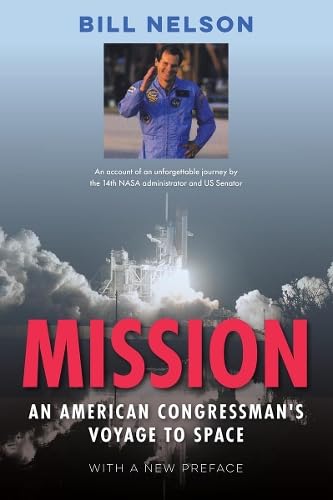
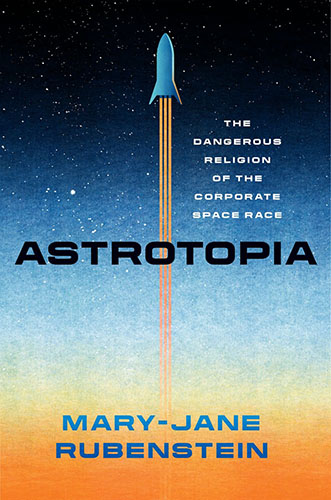
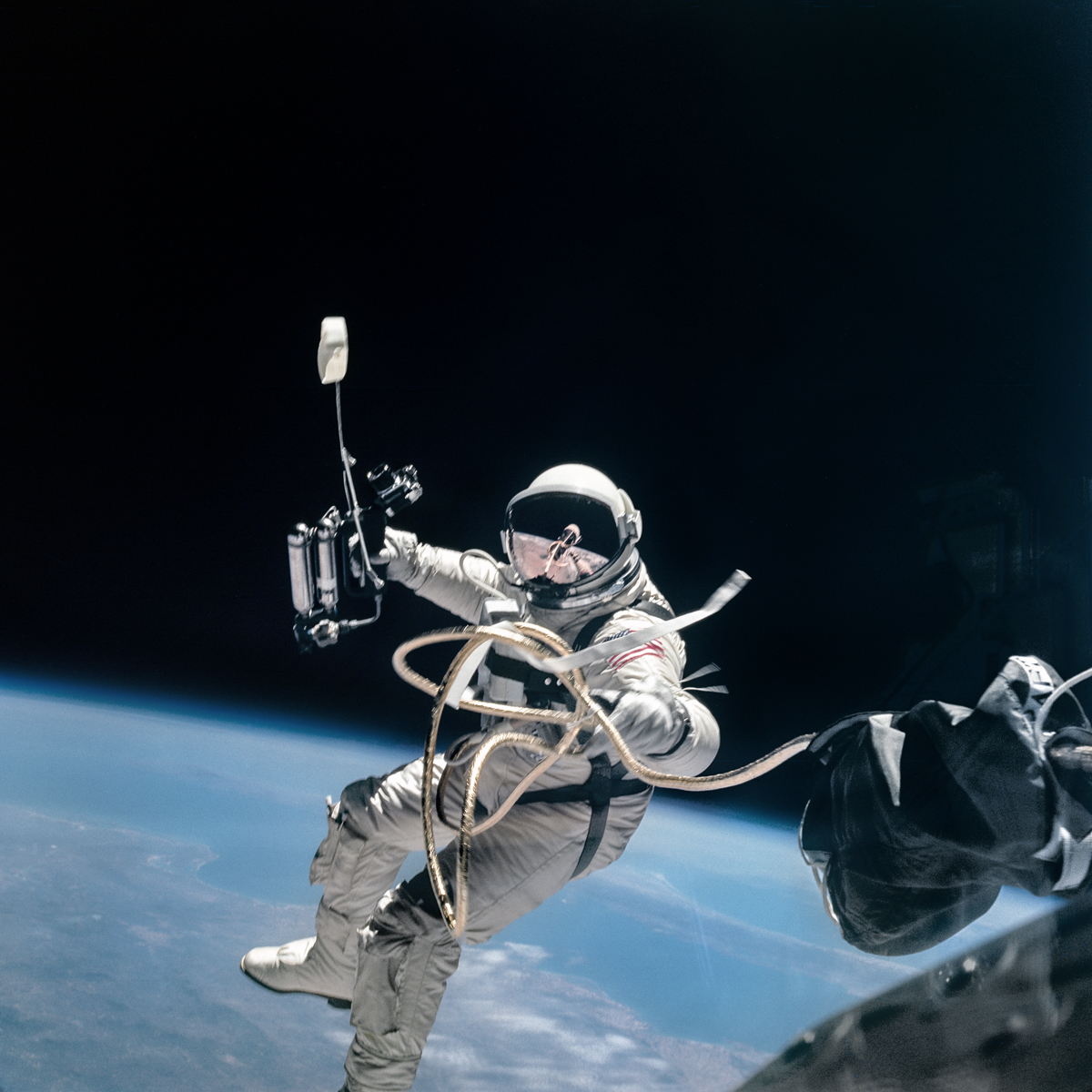
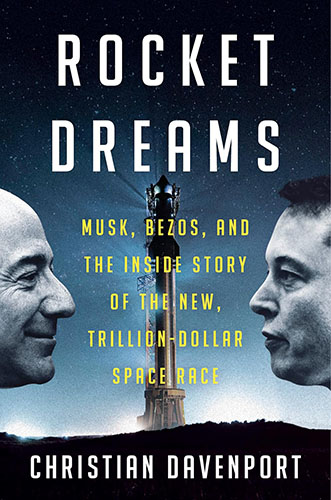
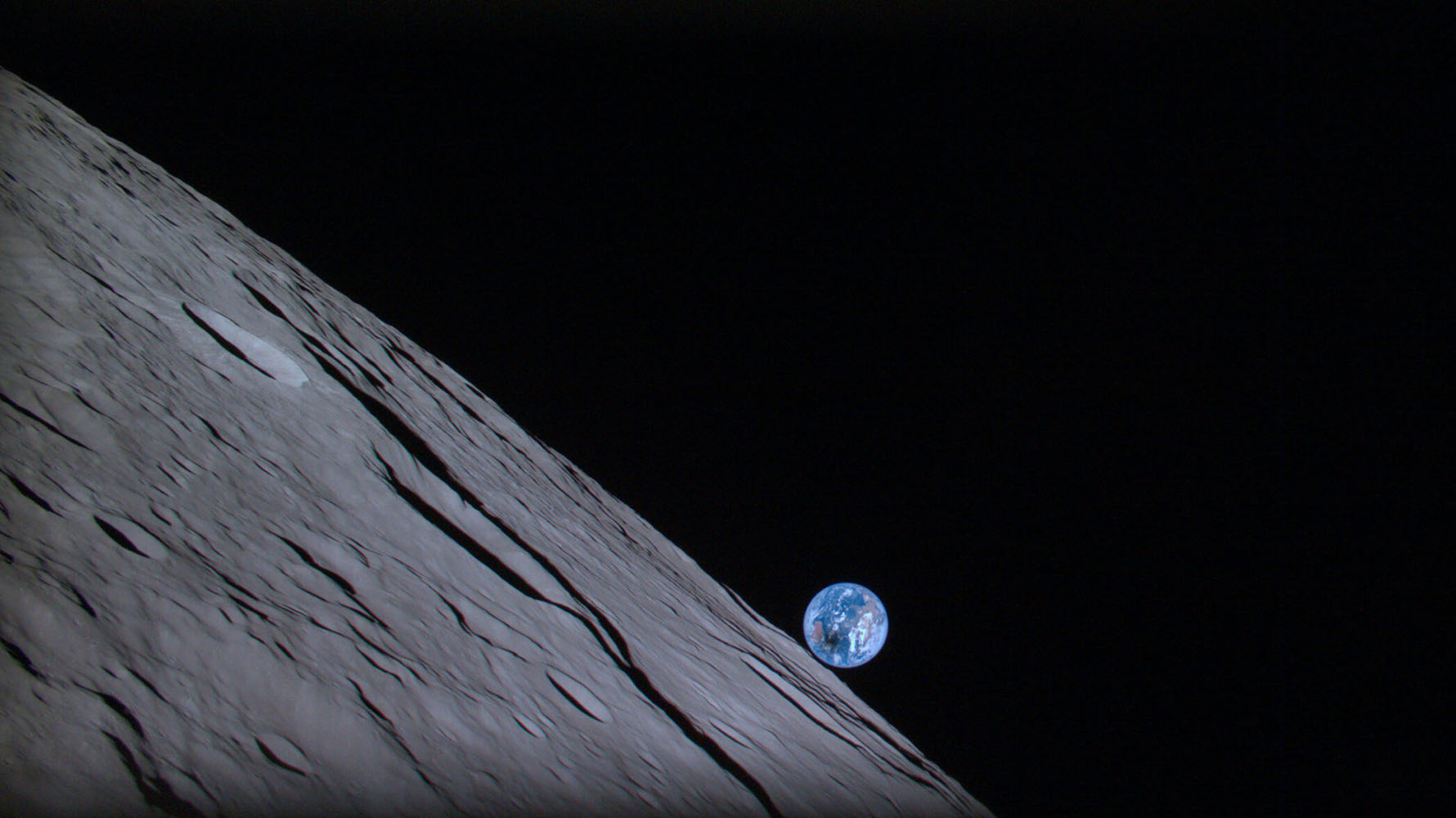

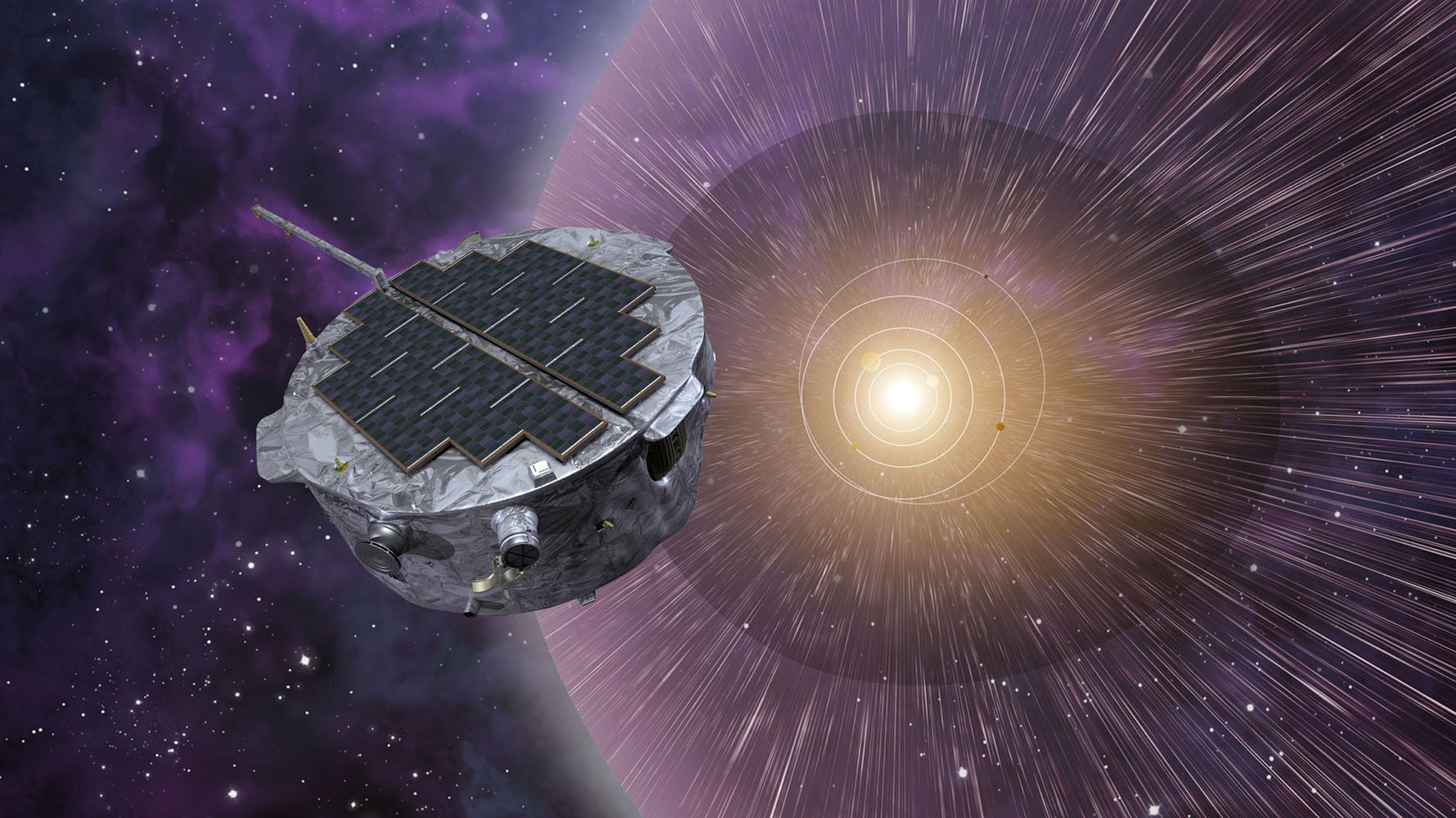
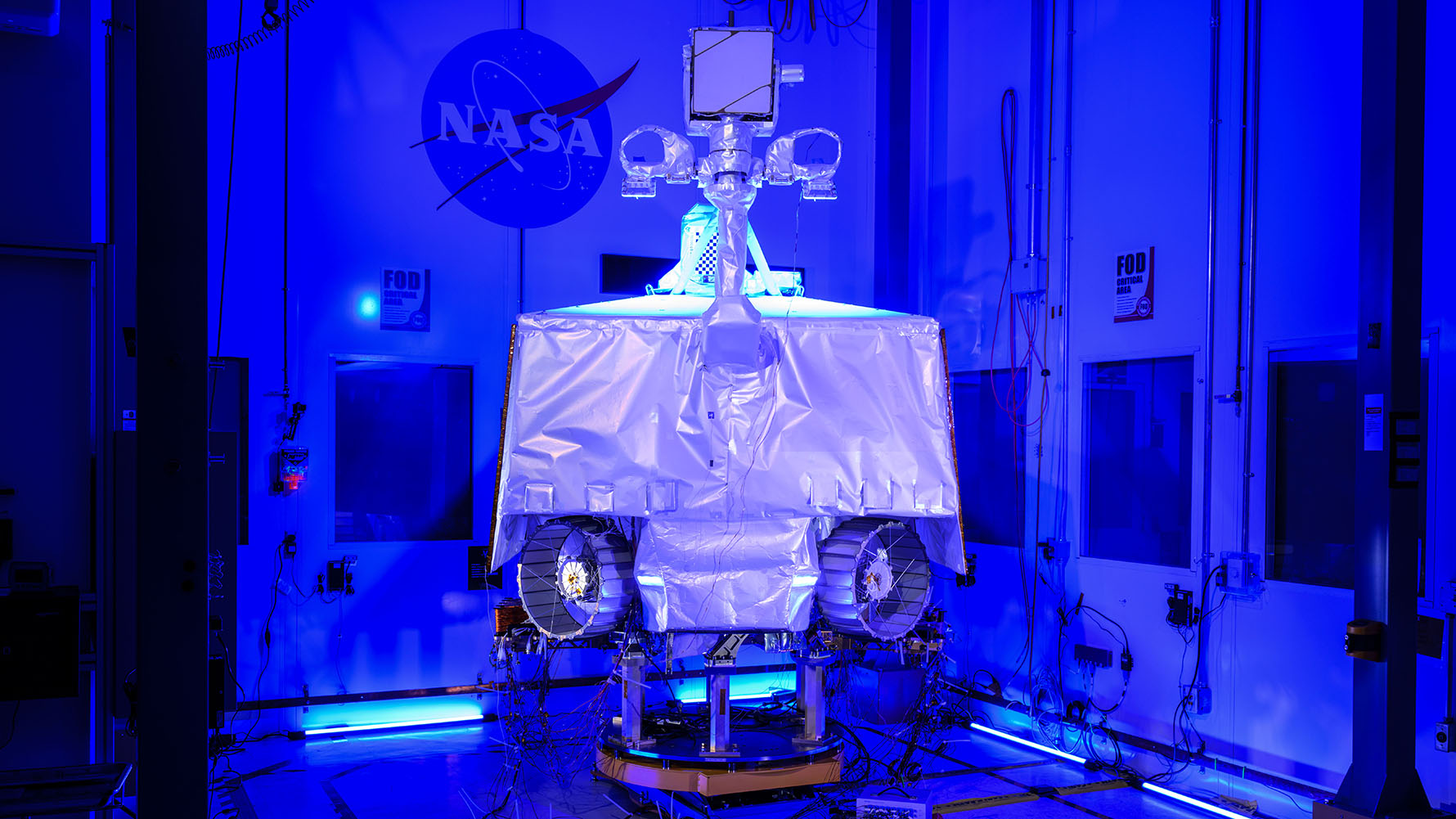
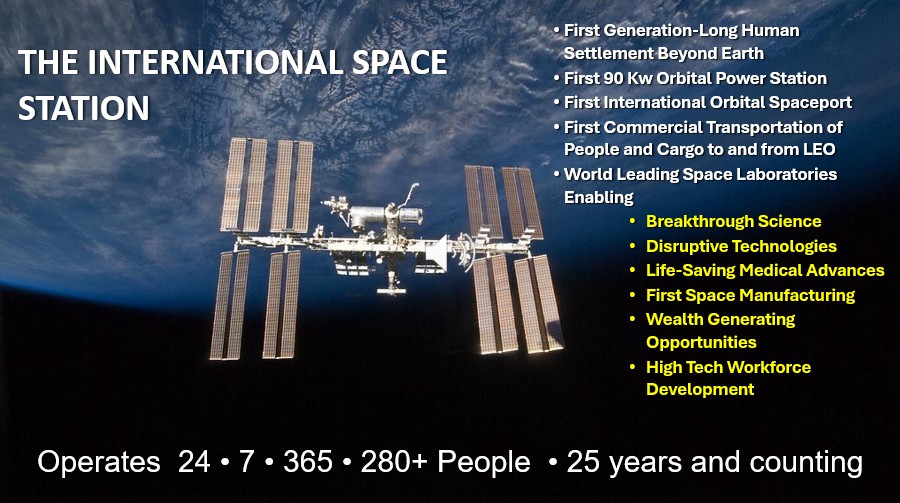
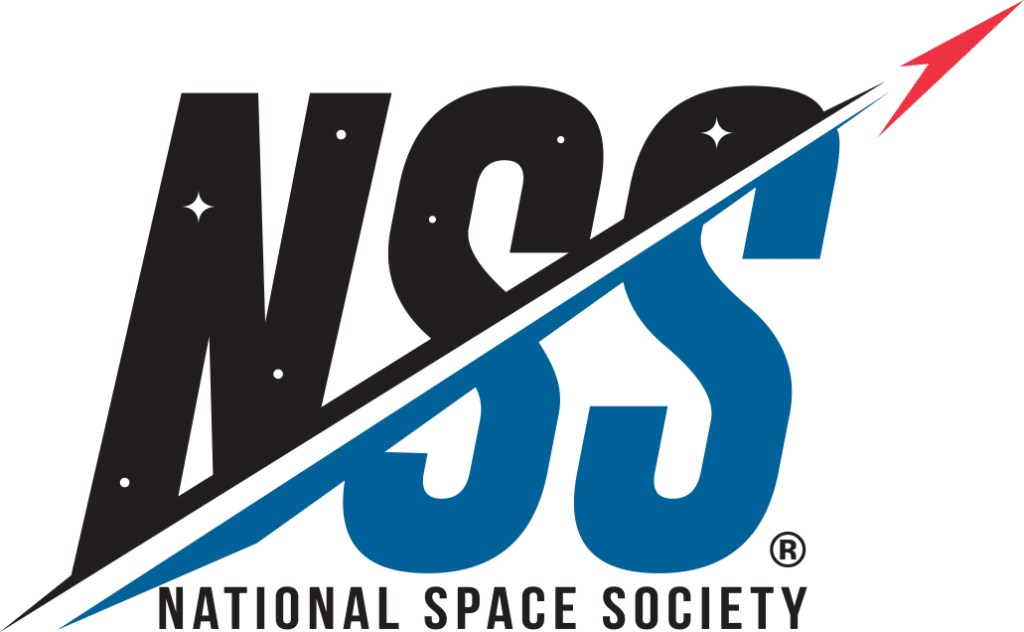

5 thoughts on “NASA Manned Spaceflight Schedule and Cost”
SpaceX and other private sector companies could have a permanent base on Mars for the cost of this boondoggle. Want a 150 tons to orbit? Put down $2B fixed price, payment on milestones only, and you can have a Falcon X. But there is probably nothing you can’t do with the Falcon Heavy which in the 50-60 ton range and that flies in about 2 years for commercial purposes.
We also have to be careful that folks do not blame NASA for this. They are being coerced into it by a small cadre of self-interested congress and senate members.
I am having trouble wrapping my head around how this is a good idea.
A unmanned lap around the Moon 49 years after we sent the first manned mission around the Moon just does not seem worth $20B. Even adjusting for inflation, the unmanned flight is more expensive than the missions around the Moon that the Apollo program had (Apollos 8, 10-17) on the low end ($130B for the Apollo program using Consumer Price Index or <$15B per 3 men sent around the moon not counting all the other missions and hardware).
We have demonstrated that expensive rockets with low launch rates do not create a sustainable to-space infrastructure. The Shuttle, despite its promises, was never produced in the numbers and never achieved the launch rate to meet those promises. If we truly want to leave the planet again and do so for more than field trips, we must look beyond Apollo’s mission infrastructure. The men who led Apollo knew better, but were forced by politics, time, and necessity to go down the unsustainable path, let us not repeat these mistakes two generations later.
NASA has provided an honest appraisal of what it thinks it can do given the budget, timeline, and law. Congress has fallen short and failed to assess history in order to ensure the continued existence of a hand full of niche and connected aerospace companies terrified of adapting to a changing technological climate in which “rocket science” no longer equates to modern magic.
Looking at the schedule of 13 flights through 2032, the cost works out at around $4 Billion per flight. The fully amortized cost of the space shuttle was $1.46 Billion per flight. So what are we buying for that much money other than a certain number of jobs in the congressional districts of some members of the House of Representatives?
Oh, right. It doesn’t matter whether we have a successful rocket, as long as we have a rocket program.
Congress asked the administration to list possible cis-lunar missions for the SLS and all they can think of is just two flights over a 4 year period and only one manned? And then they want to follow this with one manned mission to an asteroid 5 years later followed by one Mars flyby mission 10 years later?
Its the Obama administration’s limited and stunt oriented vision that is at fault here because there is no way you can run a sustainable manned space program with multiple year gaps between every mission! No way!
If the Obama administration just wants to terminate NASA’s manned spaceflight capability so that money can be used for social programs then should be honest and just say so!